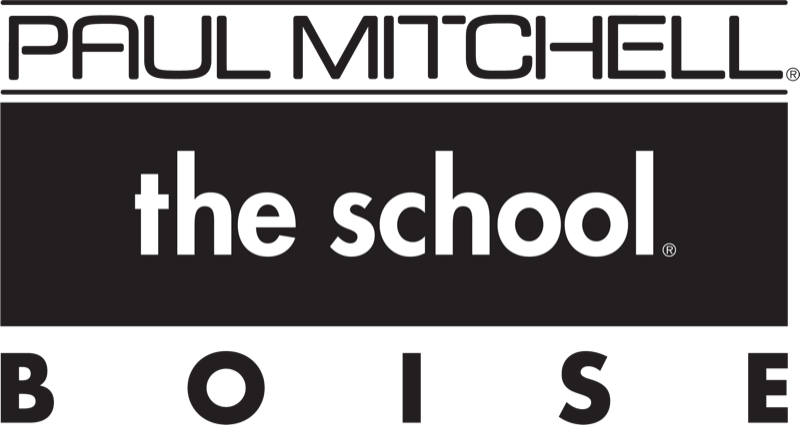STUDENT INSTRUCTOR TRAINING COURSE DESCRIPTION
(SOC 25-1194.00); (CIP code 12.0413)
The curriculum involves 1000 hours for student instructor training to satisfy Idaho state requirements, and requires the applicant to be a licensed cosmetologist, nail technologist, esthetician, barber* or barber-stylist*. The course educates a prospective student instructor training to address the needs of students in the classroom and the clinic floor. Prospective teachers learn to utilize a system of forward-focused thinking and front-end coaching. By learning the methods of teaching cosmetology, the prospective teachers learn to engage students in the learning process and stimulate the discovery process with visuals, music, and/or hands-on activities.
*Graduates are prepared to become an entry level student instructor.
This course is taught in English.
(SOC 25-1194.00, CIP code 12.0413) (with 2 or more years of experience)
The curriculum involves 500 hours for student instructor training to satisfy Idaho state requirements, and requires the applicant to be a licensed cosmetologist, nail technologist, esthetician, barber* or barber-stylist*. The course educates a prospective student instructor training to address the needs of students in the classroom and the clinic floor. Prospective teachers learn to utilize a system of forward-focused thinking and front-end coaching. By learning the methods of teaching cosmetology, the prospective teachers learn to engage students in the learning process and stimulate the discovery process with visuals, music, and/or hands-on activities.
*Graduates are prepared to become an entry level student instructor.
This course is taught in English.
STUDENT INSTRUCTOR TRAINING COURSE OVERVIEW
Course Hours: 500 clock hours (with 2 or more years of experience)
Course Hours: 1000 clock hours
The student instructor course is divided into three designations: Observation Theory, Psychology and Methodology, and Student Teaching.
STUDENT INSTRUCTOR TRAINING COURSE OUTLINE
Your time at Paul Mitchell The School Boise student instructor training course will be divided into three (3) designations:
- Observation Theory: this section focuses on learning by observing classroom and clinic floor instruction.
- Psychology and Methodology: These classes focus on the theory of teaching, using Milady’s Master Educator textbook, including weekly tests.
- Student Teaching: You will learn to write lesson plans and do actual teaching from your lesson plans. There will be a practical teaching evaluation of your teaching skills.
STUDENT INSTRUCTOR TRAINING COURSE SUBJECTS 1000 HOURS
The instructional program of Paul Mitchell The School Boise meets or exceeds the state requirements.
| Subject | Theory Minimum Requirements | Practical Minimum Requirements |
|---|---|---|
|
1. Preparation for classroom activities including but not limited to:
|
55 | 60 |
|
2. Presentation of information including, but not limited to:
|
45 | 110 |
|
3. Application of practice including, but not limited to:
|
700 | |
|
4 . Evaluation by the Instructor-trainee of the student's understanding and performance including, but not limited to:
|
15 | 15 |
| Total | 115 | 885 |
| TOTAL CLOCK HOURS | 1000 | |
The institution offers employment assistance to help graduates’ efforts to secure education-related employment that includes, but is not limited to training in professionalism, resume’ development, job interview preparation and job search skills.
STUDENT INSTRUCTOR TRAINING COURSE SUBJECTS 500 HOURS
The instructional program of Paul Mitchell The School Boise meets or exceeds the state requirements.
| Subject | Theory Minimum Requirements | Practical Maximum Requirements |
|---|---|---|
|
1. Preparation for classroom activities including but not limited to:
|
45 | 30 |
|
2. Presentation of information including, but not limited to:
|
45 | 60 |
|
3. Application of practice including, but not limited to:
|
290 | |
|
4. Evaluation by the Instructor-trainee of the student's understanding & performance including, but not limited to:
|
15 | 15 |
| Total | 105 | 395 |
| TOTAL CLOCK HOURS | 500 | |
The institution offers employment assistance to help graduates’ efforts to secure education-related employment that includes, but is not limited to training in professionalism, resume’ development, job interview preparation and job search skills.
STUDENT INSTRUCTOR TRAINING PROGRAM TESTING AND GRADING PROCEDURES
The following tests and grading procedures are used to assess student learning and mastery of course content in the 500-hour and 1000-hour course:
- Students must receive a grade of 70% or higher on each theory exam. Theory exams cover a review of Milady’s Master Educator Student Course Book.
- Students must receive a grade of 70% or higher on each classroom or clinic evaluation. Classroom and Clinic Evaluations cover practical application in a classroom or clinic environment.
STUDENT INSTRUCTOR TRAINING instructional techniques and methods
The courses are provided through a sequential set of learning steps which address specific tasks necessary for State Board preparation, graduation and job entry level skills. Clinic equipment, implements and products are comparable to those used in the industry. Each student will receive instruction that relates to the performance of useful, creative and productive career oriented activities. The course is presented through well-developed lesson plans that reflect the latest educational methods. Subjects are presented by means of lecture, demonstration, and student participation. Audio-visual aids, guest speakers, field trips, and other related learning methods are used in the course.
